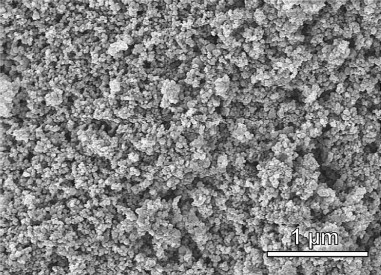Palladium/magnetite nanoparticulate catalysts were developed for efficient elimination of halogenated organic pollutants from contaminated wastewater. Particle recovery from treated water can be ensured via magnetic separation. However, in worst-case scenarios, this catalyst removal step might fail, leading to particle release into the environment. Therefore, a toxicological study was conducted to investigate the impact of both pure magnetite and palladium/magnetite nanoparticle exposure upon human skin (HaCaT) and human colon (CaCo-2) cell lines and a cell line from rainbow trout gills (RTgill-W1). To quantify cell viability after particle exposure, three endpoints were examined for all tested cell lines. Additionally, the formation of reactive oxygen species was studied for the human cells. The results showed only minor effects of the particles on the tested cell systems and support the assumption that palladium/magnetite nano-catalysts can be implemented for a new wastewater treatment technology in which advantageous catalyst properties outweigh the risks.

Palladium/magnetite nanoparticulate catalysts were developed for efficient elimination of halogenated organic pollutants from contaminated wastewater. Particle recovery from treated water can be ensured via magnetic separation. However, in worst-case scenarios, this catalyst removal step might fail, leading to particle release into the environment. Therefore, a toxicological study was conducted to investigate the impact of both pure magnetite and palladium/magnetite nanoparticle exposure upon human skin (HaCaT) and human colon (CaCo-2) cell lines and a cell line from rainbow trout gills (RTgill-W1). To quantify cell viability after particle exposure, three endpoints were examined for all tested cell lines. Additionally, the formation of reactive oxygen species was studied for the human cells. The results showed only minor effects of the particles on the tested cell systems and support the assumption that palladium/magnetite nano-catalysts can be implemented for a new wastewater treatment technology in which advantageous catalyst properties outweigh the risks.
